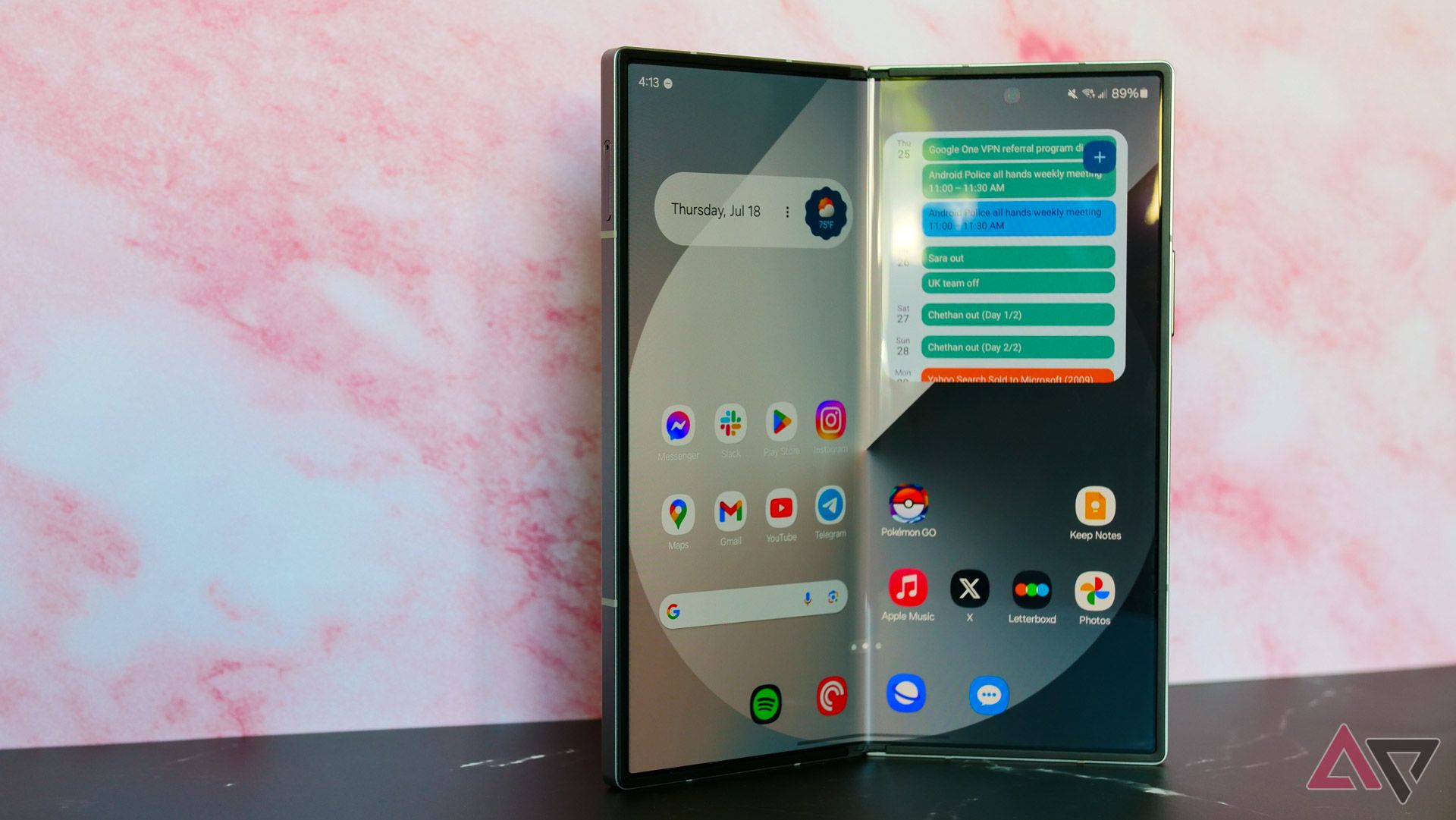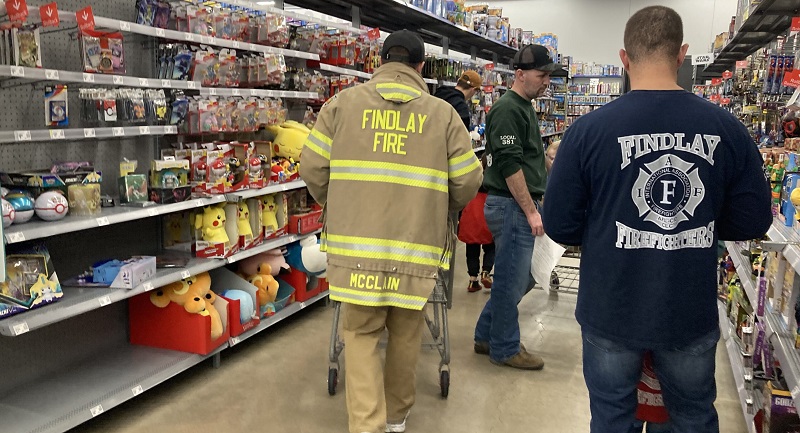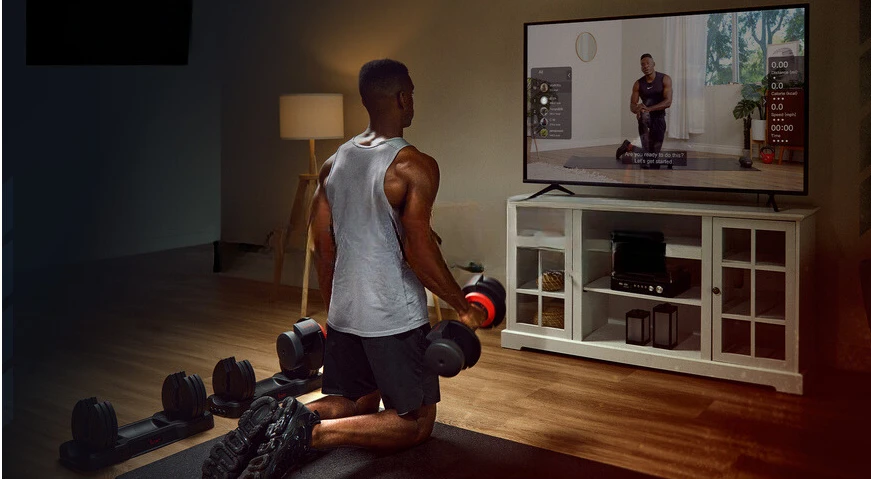A detailed plan that would supplant a proposed downtown Sixers arena by turning the struggling Fashion District mall into a biomedical research facility was presented to a community group by the team’s Wells Fargo Center landlord last week.
A top executive at Comcast Spectacor, which sorely wants to keep the Sixers as a partner at the South Philadelphia Sports Complex, was joined by an experienced Philadelphia developer at a meeting with the Washington Square West Civic Association on Aug. 26.
During the course of an hour, the two businessmen described plans to transform the Center City mall, where the Sixers intend to build, into a biomedical “Innovation Hub.” They shared renderings of how the completed project would look and offered specifics down to the intended color of the exterior walls, according to a person who was there.
Members of the civic association’s directing board were told that the Jefferson health system, which operates nearby Thomas Jefferson University Hospital, was aware and interested in the proposal. No Jefferson official attended the meeting, held at a borrowed work space at Broad and Locust Streets.
“As we’ve stated publicly many times, we’re interested in learning more about any projects or investments which increase economic vibrancy in Center City, whether it be this proposal, the proposed arena, or anything else,” executive vice president Nick Ragone said Tuesday.
Comcast Spectacor confirmed details of the presentation Tuesday, after being contacted by The Inquirer.
The mayor’s office did not immediately respond to a request for comment.
Seeking a solution for Market East
“We felt a responsibility to share an alternative solution that creates benefits for all community members and enhances Philadelphia’s vibrant downtown,” Hilferty said Tuesday. Even if the Sixers ultimately opt to remain in South Philadelphia, he said, “as a longtime corporate citizen, we are committed to being part of the solution for Market East.”
He reiterated the company’s hope that the team would remain as a partner at the Wells Fargo Center and join in building a new arena in South Philadelphia on an accelerated timeline.
The presentation took place, by chance, only hours before the city released its long-awaited studies on how a downtown sports arena might impact both its neighbors and Greater Philadelphia.
News of that presentation to Washington Square West comes as City Council prepares to reconvene Thursday, potentially to begin considering arena-enabling legislation, and Chinatown opponents plan a march and rally Saturday in Center City.
“I was impressed with their presentation. It actually was a master plan, and they related it to Chinatown and Wash West,” said one person who was there.
The Sixers have not yet responded to a request for comment.
Officials at Philadelphia Chinatown Development Corp. were made aware of the proposal and given a copy of the written presentation.
One goal of the project is to give Jefferson cost-effective research space and enhance its investment in the new Honickman Center at 11th and Chestnut.
Unlike the proposed arena, which the team says will host about 150 events a year, the research facility would operate all year round. That would bring workers to Market East, supporting restaurants and stores that suffered during the pandemic.
For two years, the Sixers have worked on plans to build a $1.55 billion arena and housing tower at 10th and Market Streets, a project they say will revive Market Street East. But many in adjacent Chinatown worry the arena would ultimately damage their community through gentrification, and the city studies lent credence to those fears.
At least two groups have offered alternatives to an arena.
In January more than a hundred people gathered at a Chinatown-led forum to suggest ideas for what besides a basketball arena could go at 10th and Market site, including a library, high school, public pool, garden or playground. And in May a group of Philadelphians suggested the creation of a “Welcoming Center” to service the newly arriving immigrants who are driving local population and job growth.
The basketball team dismissed those proposals, pointing out that neither came with financial backing — millions of dollars would be required — or even a written business plan.
The entry of Comcast Spectacor onto Market Street East would be different.
The company owns not only the Wells Fargo Center and the Flyers, but as the local sports-and-entertainment arm of telecommunications giant Comcast, it is backed by a parent firm worth more than $150 billion.
And Comcast Spectacor Chairman Hilferty knows health care, having served as CEO of Independence Blue Cross, the health insurance company, before turning to sports and arenas.
Representing Comcast Spectacor on Aug. 26 was Todd Glickman, the company’s chief revenue officer, responsible for overseeing government affairs and key revenue streams including ticketing, corporate partnerships, and branding.
He was joined by urban planner and architect William McDowell, who helped National Real Estate Development build the lauded East Market development on Market Street East, transforming a beaten city block into a bright collection of stores, apartments and businesses. He earlier worked for the Barnes Foundation as liaison between the trustees, staff, architects and builder in bringing the museum to the Benjamin Franklin Parkway in 2012.
McDowell said Tuesday that he could not speak about the new Market East project without approval from Comcast Spectacor.
Hilferty said McDowell was advising Comcast Spectacor on several development projects, including on Market East and at the Sports Complex.
Comcast Spectacor’s pitch for Market East
Glickman and McDowell spoke and presented a series of slides to about seven members of the Washington West Civic Association’s directing board.
It was a vision for a hub on the east side of Market, similar to the research and grant-making operations that exist on the west side and in University City. Part of the idea was to create different kinds of jobs, bringing specialists and researchers to the Market East corridor, and offering out-of-town experts easy access via Jefferson Station.
The Sixers plan to build atop the train station, on the western third of the Fashion District, which was previously the Gallery mall.
The project outlined to the Washington Square West board would keep the mall structure in place but turn its stark exterior walls to glass.
The main concourse would remain, continuing its role as the busiest and most-traveled part of the mall. The first floor would continue to be retail space. The second and third floors would become space for medical research.
Renderings shared with the group showed the mall skylight still in place. The sky bridges that extend from the mall across Ninth Street and 10th Street would be demolished.
The 10th Street Bridge, in particular, has been a thorn, as it blocks the view of the iconic Chinatown gate at Arch Street.
Glickman told the group, as other company executives have said repeatedly, that Comcast Spectacor wants the Sixers to stay in South Philadelphia and join in the eventual construction of a new arena.
The executives said the medical center could be completed by 2028, three years earlier than the Sixers’ planned 2031 arena opening. They offered no cost estimate.
This is a developing story and will be updated.

/cloudfront-us-east-1.images.arcpublishing.com/pmn/2ZNFAV64NRC4RBS3FC7ZEYJD4A.jpg)








